Top 5 Challenges in Translation and How to Overcome Them
CLEAR WORDS
TRANSLATIONS
All News
abril 3, 2019 |
Top 5 Challenges in Translation and How to Overcome Them
Challenges in translation often arise from the multiple ways people use specific words to express concepts and ideas. They often use words that go beyond the primary meaning of each term.
But as the language service industry has boomed in recent years, more people understand that translation is more than rewriting the source content into a target language.
Translators and language specialists need to go beyond word-to-word translation to transfer the exact meaning from one language to the other.
In creative areas, translation is combined with localization and transcreation, while in niches that require 100 percent accuracy, translators need in-depth knowledge of the technical terms and industry terminology to overcome translation challenges.
Here are the top five challenges in translation for most language specialists–and how to overcome them.
1. Translating Idioms
Idioms are linguistic expressions, specific to each language or culture. While they’re essential elements of the language, they’re also difficult to explain when you’re not aware of the cultural differences between the source and target languages.
Think about “it’s raining cats and dogs” or “wrapping your brain around something”. If translators went for a literal translation of these expressions, a foreign audience wouldn’t understand what the text was about.
That’s why it’s essential for a translator to recognize idioms and understand the exact meaning before translating the text. It’s difficult because dictionaries often limit definitions to single words or a small number of expressions.
“It’s raining cat and dogs,” for instance, means that it’s raining heavily. Linguists need to know the right meaning of the idiom and then look for alternative versions that express the same concept in the target language.
Luckily, most languages have idioms to express the concept of heavy rain. So, in this particular case, you can use a similar construction to maintain the tone and voice of the original text in the translated version.
2. Humor is the Biggest Challenge in Translation
Explaining humor is the most challenging task for translators because the sense of humor depends on the cultural background of a person. Think about the famous ‘British humor’ and how even other English-speaking populations rarely have a taste for it. Now, imagine how hard it is to overcome language barriers and still be funny.
There’s a direct correlation between humor and languages, even when jokes are visual or musical. That’s because language and history are fundamental to the way we think and relate to the environment and other people.
Sometimes translators can’t transmit the amusing part because there’s no equivalent wordplay in the target language. In other cases, the cultural background of an audience doesn’t allow them to understand the humor.
Understanding jokes and translating them involves in-depth knowledge of the language pair, as well as the target audience. Without knowing how people think and what type of humor they’re used to, translating jokes is impossible.
Sarcasm and exaggeration, for instance, often used to create humor in the U.S. wouldn’t make a Chinese audience laugh. It’s the same with someone making fun of themselves, as this rarely happens in Asian countries.
3. Translating Phrasal Verbs
Phrasal verbs are tough challenges in translation, especially when translating from English into languages that don’t use similar constructions.
Phrasal verbs are composed of a verb and a preposition, or an adverb, or both. This makes it difficult for translators to recognize it at first glance. Most translators are native speakers of the target language, so English is their second language.
The difficulty comes from the fact that the phrasal verb gets an entirely different meaning after you add the preposition or adverb.
Think about “to run” vs “to run away” vs “to run into”. It may be easy for you to notice the difference, but for someone who doesn’t speak English every day, it can be a real challenge to get the right meaning of each of these three verbs.
Moreover, when a phrasal verb has more than one explanation, like “to put down.” In this case, the translator needs context to understand the right meaning and deliver an accurate translation.
4. Prefixes and Suffixes Are Challenges in Translation
Prefixes and suffixes create variety in English. They also turn nouns into adjectives or verbs into nouns, which can quickly become a translator’s nightmare, especially when the target language isn’t that flexible when it comes to creating new words.
These groups of letters that English speakers often use to provide deeper meanings to words are hard to translate when the other language doesn’t have so many layers to express the same concept.
Most languages use prefixes and suffixes to create new words, but each one has different rules when it comes to preserving meanings and empowering words.
Slang, for example, uses many compound words, as well as suffixes to give new meanings to existing words, making it hard for translators to translate the right message in a different language.
5. Words with No Correspondent in the Target Language
Every language has words that are impossible to translate into some other languages, such as “serendipity” or “procrastination”. When one language has a specific word to describe a situation, finding an alternative expression in another language becomes a challenge in translation.
Asian languages, for example, have many words to describe feelings and sensations that are hard to translate into other languages using a single word.
“Shinrin-yoku” is the Japanese way of expressing the relaxation you get from bathing in the forest (both figuratively or literally). The Chinese “Yuan bei” means a sense of complete accomplishment.
Challenges in Translation
Whether you need to translate literature or medical content, each text comes with difficulties and requires specific language skills. Choosing the right words depending on the context and the purpose of the content is an art that translators master over years of working in this industry.
Idioms, phrasal verbs, unique words, and humor are the most difficult to translate. But so are medical terms, industry-specific terminology, and jargon. You need context and research, as well as in-depth knowledge of the language pair, to keep the meaning of the original content and deliver it in an easy to read format in the target language.










